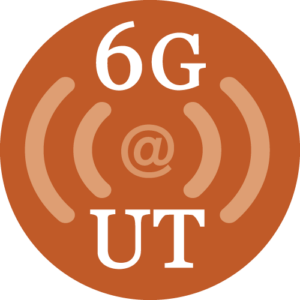Austin, TX—At the magazine’s annual Leadership Dinner, held during the ION-GNSS Conference, we gave the first GNSS Leadership Awards to four individuals for their respective work in the four fields of satellites, signals, services, and products. These are not lifetime or career achievement awards, but recognition of significant contribution in the last year or two. Think of them as the Oscars, the Academy Awards of GNSS, if you will, for significant recent achievement.
Several people were nominated in each category by a small group, then voted on by a larger group of about 40, including the magazine’s Editorial Advisory Board, the contributing editors, and a dozen industry executives.
In the Signals category: Todd Humphreys, Director, Radionavigation Laboratory, and assistant professor, University of Texas at Austin. Leader of several seminal studies on spoofing and jamming; testified this summer before Congress on the subject.
Continue reading the award notice that contains Dr. Humphreys’s acceptance speech.











